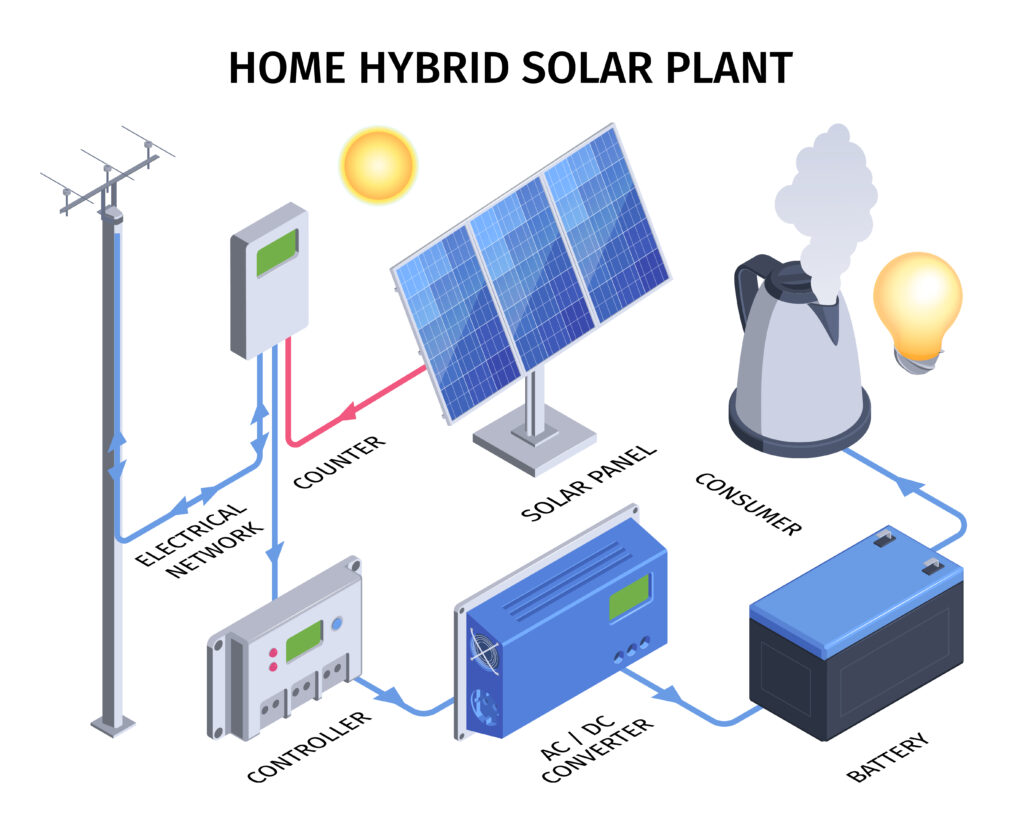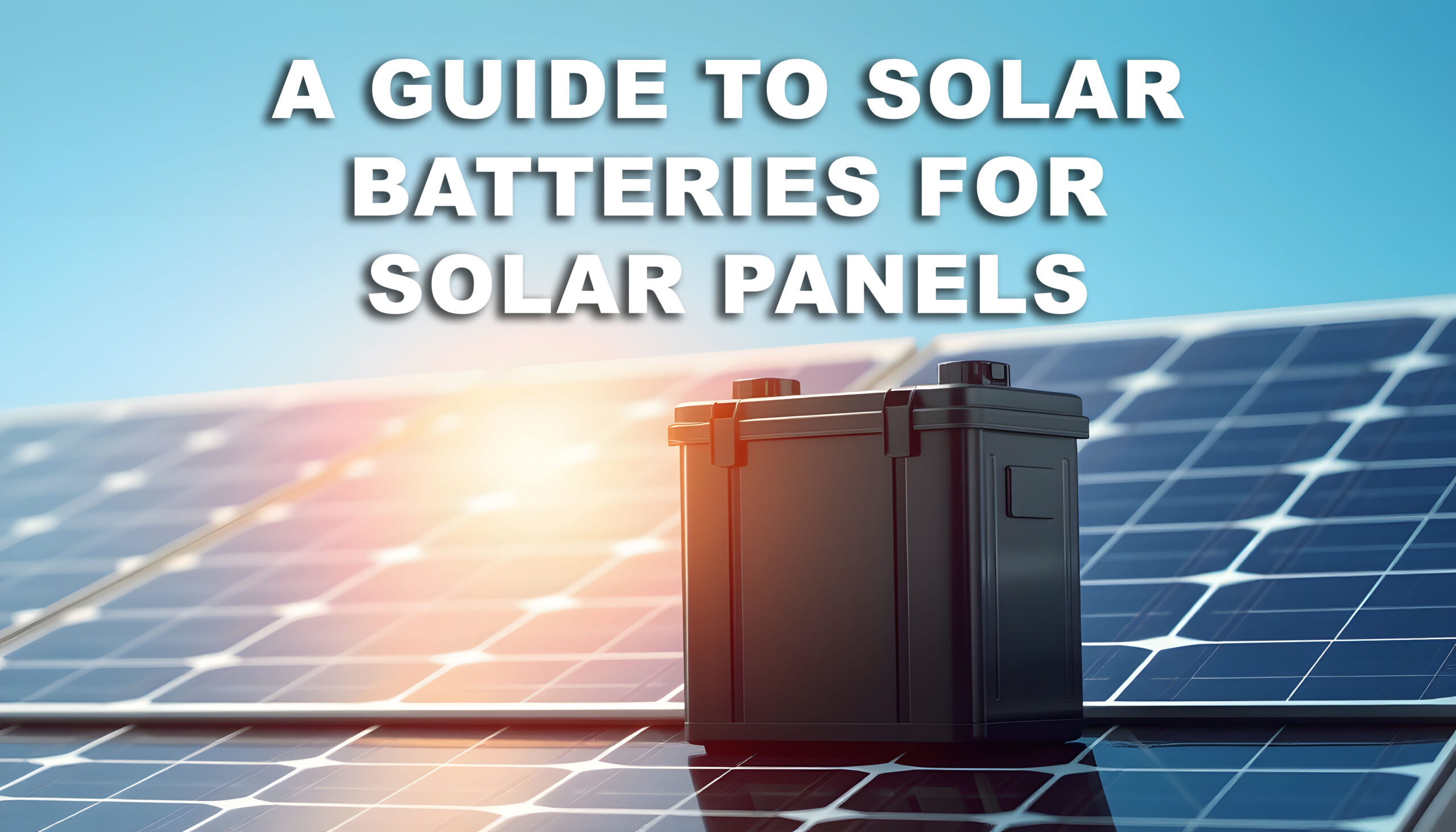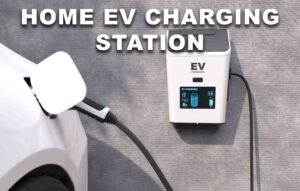In recent years, the rise of solar power has opened up new possibilities for energy independence and cost savings. Solar panels are a fantastic way to harness renewable energy, but the key to unlocking their full potential lies in pairing them with solar battery storage systems. In this article, we’ll explore everything you need to know about solar battery storage, from the benefits and available technologies to installation and maintenance tips.

What is Solar Battery Storage?
Solar battery storage allows homeowners and businesses to store excess energy produced by their solar panels for later use. Instead of sending unused electricity back to the grid, which is the typical scenario in grid-tied systems, a solar battery lets you keep that energy for times when your solar panels aren’t generating power, like at night or during cloudy days.
How Solar Batteries Work
When your solar panels produce more electricity than your home or business is consuming, the surplus energy is directed to charge the solar battery. Once the battery is fully charged, any further excess electricity will usually flow back to the grid (if you are grid-tied). When your solar panels aren’t producing enough energy, the stored energy in the battery will be used to power your home.
Benefits of Solar Battery Storage
Energy Independence
One of the primary benefits of a solar battery is energy independence. With a battery storage system, you become less reliant on the grid. This means that during power outages or times of high energy demand, you’ll still have access to electricity.
Lower Energy Bills
By storing excess energy and using it when needed, you can significantly reduce your energy bills. Most homeowners with solar batteries can offset expensive peak-time energy rates by drawing from their stored power instead of purchasing from the grid.
Maximise Solar Efficiency
A solar battery allows you to utilise 100% of the energy your solar panels generate. Without a battery, much of the energy produced by your system may go unused, especially during peak sun hours when your energy demand is low.
Environmental Impact
Using stored solar energy reduces your reliance on fossil-fuel-based grid electricity. This contributes to a lower carbon footprint and helps combat climate change by decreasing greenhouse gas emissions.
Types of Solar Batteries
Solar batteries come in various chemistries, each with its strengths and ideal applications. Here’s a closer look at the most common types of solar batteries:
Lithium-Ion Batteries
Lithium-ion batteries are the most popular choice for solar storage today. They offer excellent energy density, longer lifespan, and high efficiency compared to other battery types. These batteries are lightweight, compact, and require minimal maintenance.
Lead-Acid Batteries
Lead-acid batteries are one of the oldest and most established types of energy storage. While they are more affordable upfront, they have lower energy density, shorter lifespan, and require regular maintenance. They are a suitable choice for off-grid applications where cost is a primary concern.
Flow Batteries
Flow batteries are an emerging technology that promises long-term storage capacity with little degradation over time. These batteries store energy in a liquid electrolyte solution, allowing for easy scalability. However, they are typically more expensive and not as widely available for residential use as lithium-ion or lead-acid options.
Nickel-Based Batteries
Nickel-based batteries are durable and can operate in extreme temperatures. However, they are less common in residential solar storage due to their higher cost and lower energy efficiency compared to lithium-ion batteries.
Sizing a Solar Battery System
Factors to Consider
When selecting a solar battery system, it’s important to consider your energy usage, solar panel capacity, and how much power you want to store for later use. Oversizing or undersizing your battery can either lead to excess storage capacity or insufficient backup power.
- Energy Consumption: Start by analysing your household’s average energy consumption. Check your energy bills for kilowatt-hour (kWh) usage and consider the peak periods when your usage is the highest.
- Solar Panel Output: Determine how much energy your solar panels generate in a day. This will help you figure out how much excess energy you have available to store.
- Backup Needs: Consider what you want to power with your battery. If you need whole-home backup, you’ll require a larger system than if you’re only planning to power essential appliances.
Solar Battery Capacity
Battery capacity is measured in kilowatt-hours (kWh), which tells you how much energy the battery can store. A typical home solar battery has a capacity ranging from 5 kWh to 20 kWh, depending on the system’s size. For example:
- A 10 kWh battery can power essential home appliances like lights, a refrigerator, and a few outlets for about 10-12 hours.
- A 20 kWh battery may provide enough power to run an entire home for a day or more, depending on energy usage.
Installation and Maintenance of Solar Batteries
Installation Process
Installing a solar battery typically takes a few days and requires an experienced professional. The installation involves connecting the battery to your solar panels and your home’s electrical system. You’ll need a compatible inverter that can manage both solar and battery power flow.
Ongoing Maintenance
Lithium-ion batteries are relatively low-maintenance, but it’s important to periodically check the system for issues like wiring degradation or inverter performance. Lead-acid batteries, on the other hand, require regular maintenance such as checking water levels and ensuring proper ventilation to avoid overheating.
Solar Battery Costs and Incentives
Battery System Costs
The cost of a solar battery depends on the battery type, capacity, and installation costs. On average, a lithium-ion battery system ranges from $7,000 to $14,000, while lead-acid systems may cost between $5,000 and $10,000. Flow batteries, being newer, are more expensive and can cost upwards of $15,000.
Government Incentives
Many governments offer incentives to make solar storage systems more affordable. In the U.S., for example, the Federal Solar Tax Credit (ITC) allows homeowners to deduct a significant percentage of the cost of their solar battery system from their taxes. Some states and municipalities offer additional rebates or incentives, so it’s worth checking local programs.
Solar Battery System Lifespan
The lifespan of a solar battery depends on the type and how well it’s maintained. Generally, lithium-ion batteries last between 10 to 15 years, while lead-acid batteries may need replacement every 5 to 10 years. Flow batteries are still new, but they have the potential to last over 20 years due to their minimal degradation.
Solar Battery vs. Generators
For homeowners looking for backup power, solar batteries offer several advantages over traditional fossil-fuel-powered generators:
- Clean Energy: Solar batteries use renewable energy, while generators rely on gas or diesel.
- Quiet Operation: Solar batteries are silent, while generators are noisy and disruptive.
- No Fuel Supply Needed: Solar batteries charge directly from the sun, while generators require a constant supply of fuel.
- Lower Long-Term Cost: While solar batteries are more expensive upfront, they are cheaper to operate and maintain over time.
Are Solar Batteries Worth It?
Return on Investment (ROI)
The ROI on solar battery systems depends on various factors, including your energy consumption, local electricity rates, and available incentives. In areas with high energy prices and frequent power outages, a solar battery can pay for itself in 5 to 10 years.
Grid Reliability
If you live in an area with frequent blackouts or unreliable grid power, the benefits of energy security provided by a solar battery can far outweigh the costs. Solar batteries also provide a sustainable energy solution for those looking to reduce their reliance on the grid.
Future of Solar Battery Storage
As battery technology continues to improve, we can expect to see even more efficient, longer-lasting, and cost-effective solutions in the market. Innovations such as solid-state batteries and advanced energy management systems will further enhance the viability of solar battery storage.
Conclusion
Solar battery storage is a powerful way to maximise the efficiency of your solar panel system. It enhances energy independence, lowers electricity bills, and provides peace of mind during power outages. With a variety of options available, choosing the right battery system depends on your specific energy needs and budget. By investing in solar storage, you can take a big step toward a more sustainable and resilient energy future.











